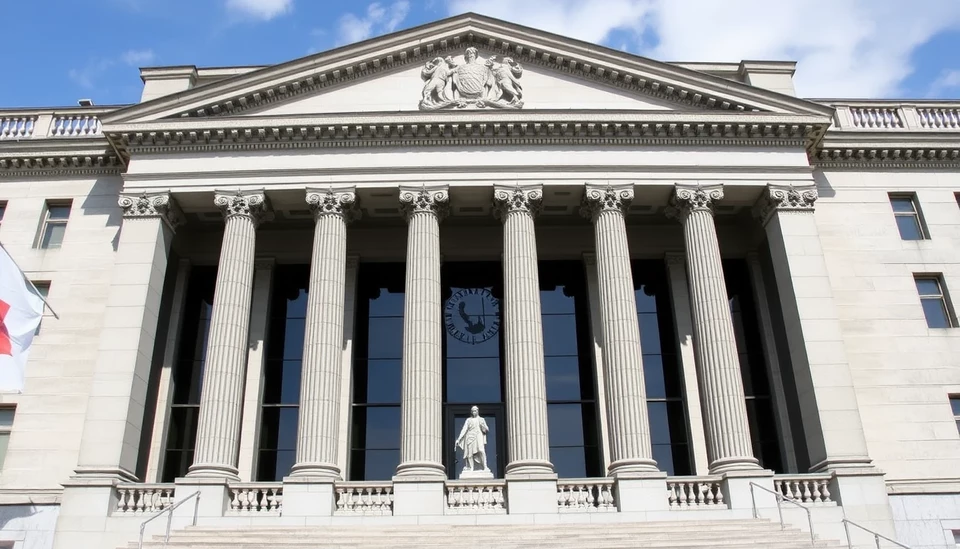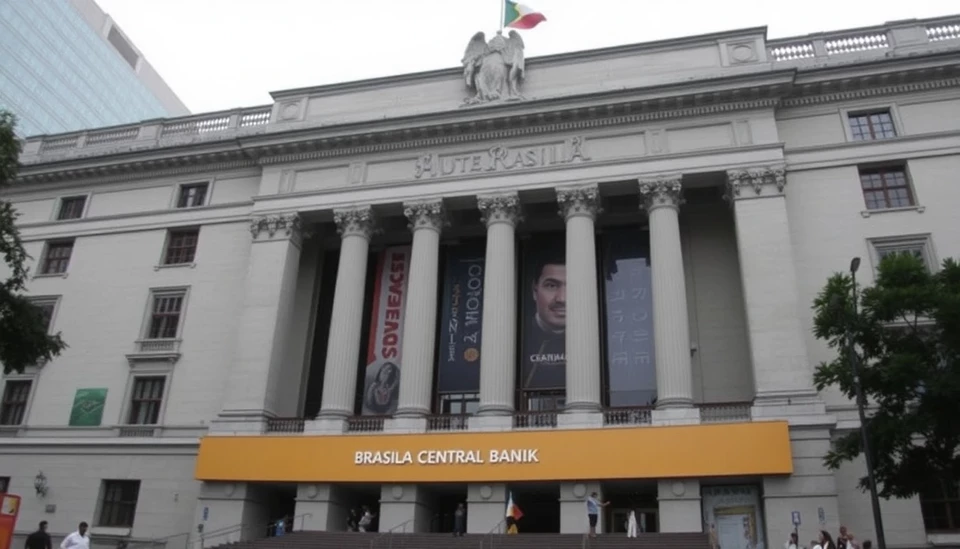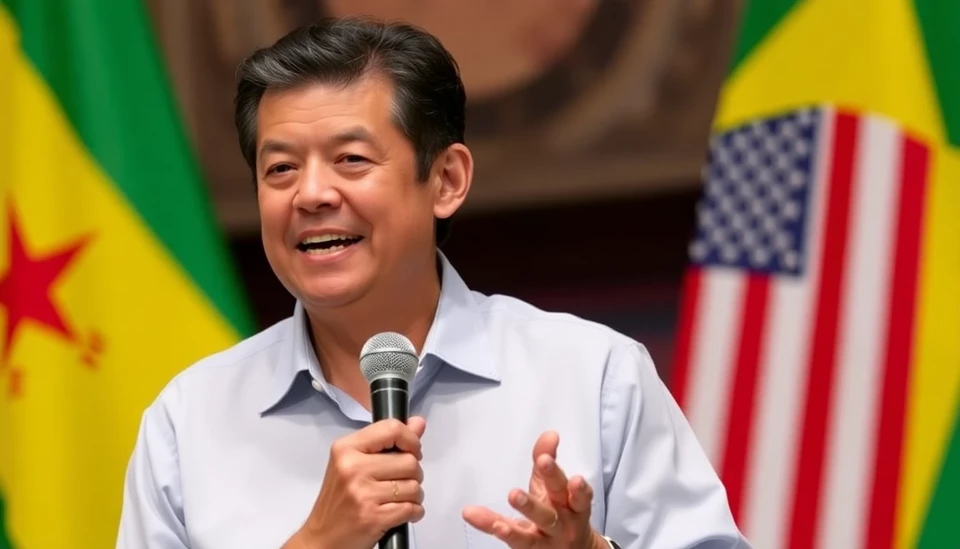
The Central Bank of Brazil has announced that its cycle of tightening monetary policy is not yet concluded, as it faces persistent inflation pressures and a challenging economic landscape. In a recent statement, the institution signaled its intention to maintain or even increase the key interest rate to combat rising prices, which have continued to outpace expectations in a post-pandemic recovery environment.
As inflation in Brazil remains stubbornly high, the central bank has indicated a careful approach towards managing its key rate, now set at 13.75%. Many economists had anticipated a potential pause in rate hikes, but the bank's latest remarks suggest otherwise, emphasizing its commitment to ensuring price stability. The officials hinted that they could elevate rates further if necessary, illustrating their prioritization of curbing inflation above all else.
Market analysts are now closely monitoring the central bank’s communications, looking for any signals that could indicate future policy moves. The implications of maintaining or raising interest rates extend beyond just consumer prices; they affect economic growth, investment, and the overall health of the Brazilian economy. Firms involved in various sectors, from agriculture to manufacturing, are now recalibrating their strategies in response to the bank's latest guidance.
The Brazilian economy has faced a complex landscape in recent months, grappling with global economic uncertainties and domestic challenges. Officials at the central bank highlighted that while the economy shows signs of resilience, with some sectors recovering strongly, inflationary forces persist due to supply chain disruptions and rising raw material costs.
Experts believe that while higher interest rates can help control inflation, they also risk slowing economic growth. Therefore, the central bank is walking a tightrope; balancing its mandate to control inflation with the necessity to support economic expansion. Some economists predict that the central bank may be forced to remain on this path of rate hikes longer than initially expected, given the current trajectory of inflation and external economic pressures.
The ongoing developments in Brazil’s monetary policy are seen as part of a broader trend across Latin America, as many countries in the region face similar inflationary challenges. As the global economy grapples with the consequences of the pandemic and geopolitical tensions, Latin American nations are actively adjusting their monetary policies in response to these collective pressures.
In summary, Brazil's central bank is not finished with its course of tightening monetary policy as they continue to face high inflation levels. The institution's focus on maintaining price stability will likely shape the economic landscape in the coming months, influencing decisions by businesses and consumers alike.
For the latest updates on monetary policy, inflation, and economic developments in Brazil, keep an eye on our future articles.
#Brazil #CentralBank #InterestRates #Inflation #Economy #MonetaryPolicy #EconomicGrowth #Finance
Author: Laura Mitchell




